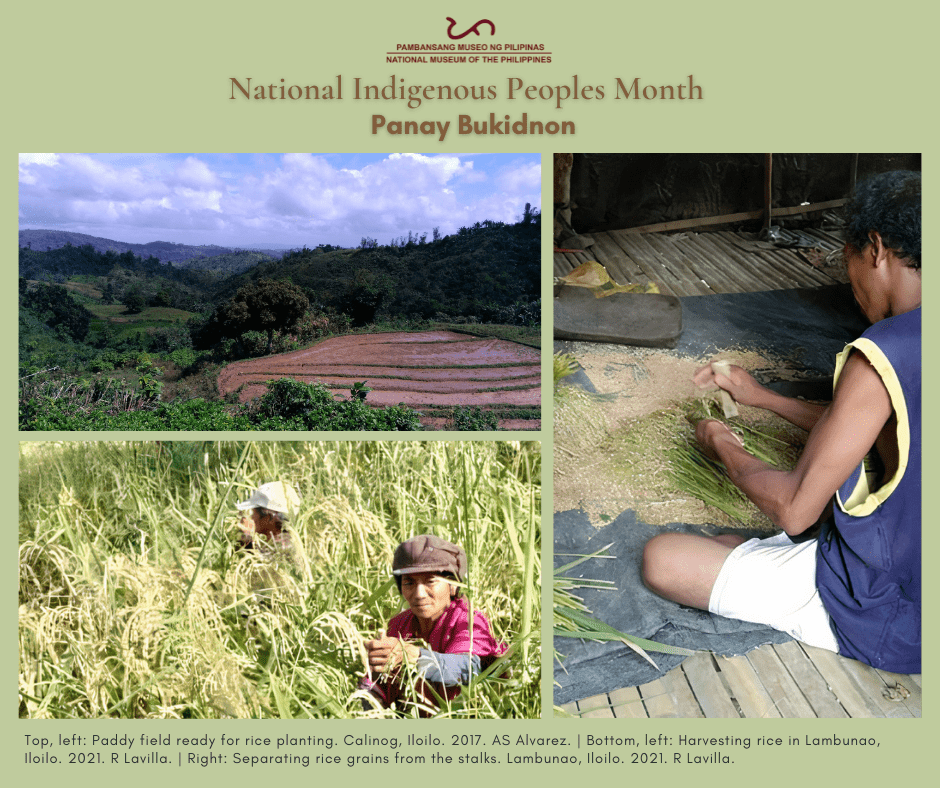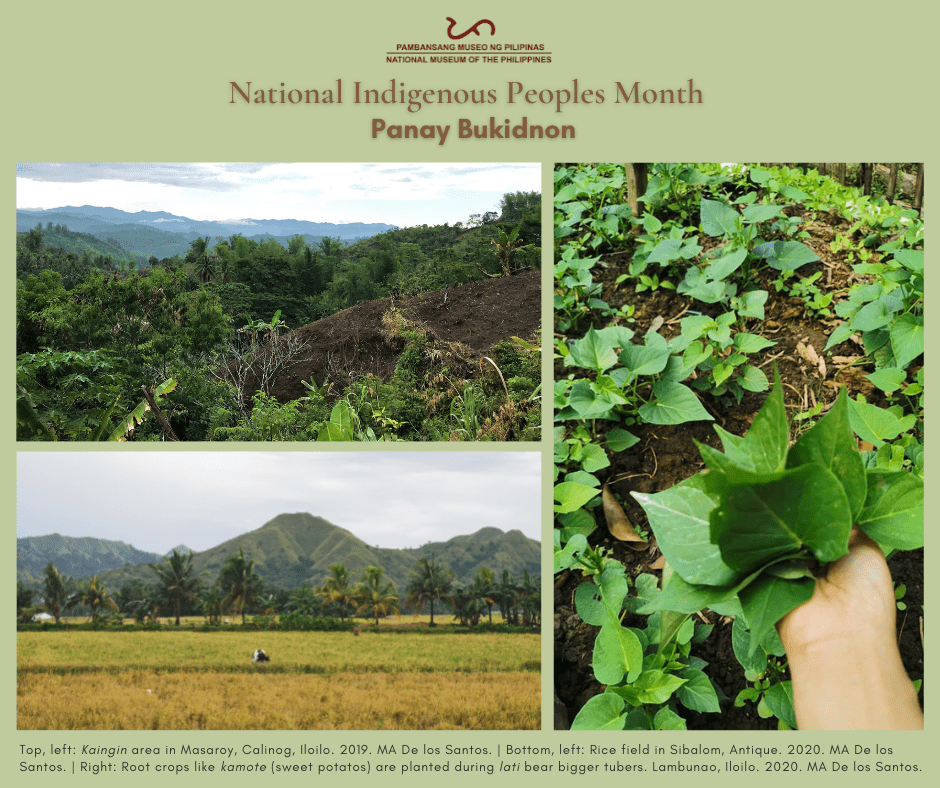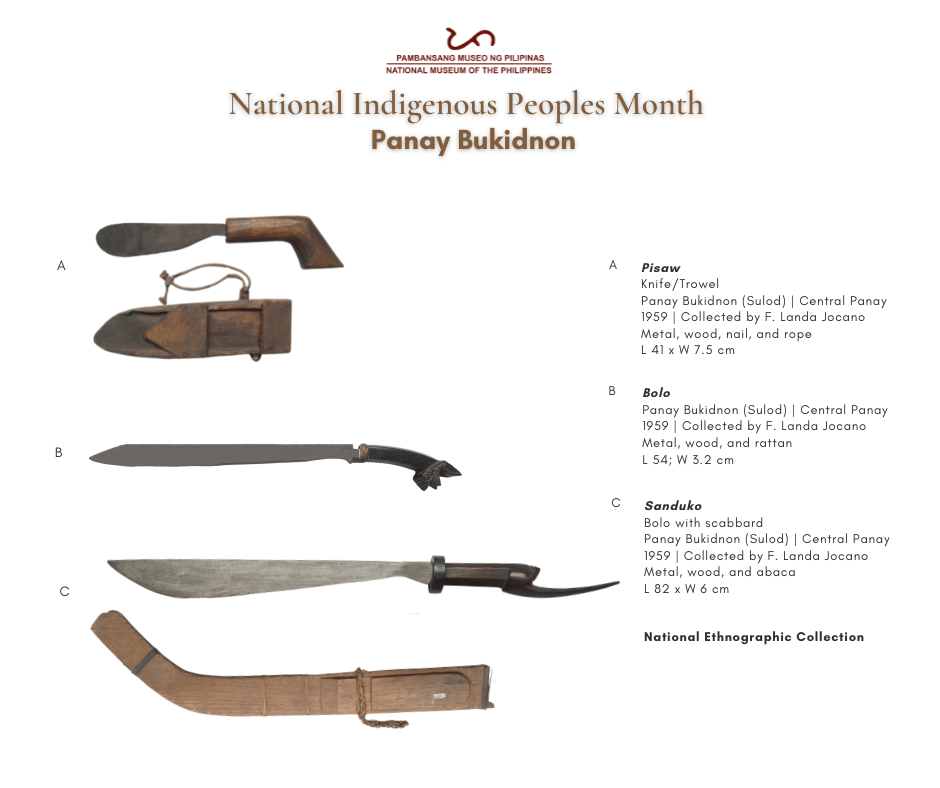Panay Bukidnon and their continuing belief system related to their subsistence activities
As the #NationalMuseumPH continues to celebrate the National Indigenous Peoples Month, our #MuseumFromHome features the Panay Bukidnon inhabiting the highlands of Panay Island in Western Visayas and their continuing belief system related to their subsistence activities.
The Panay Bukidnon traditionally depended on kaingin or shifting cultivation, supplemented by hunting, fishing, and local trade. In particular, agricultural production is guided by signs and omens, such as phases of the moon which are often anticipated as basis of when and what to plant. It is believed that the ugsad (full moon) and lati (3 days before and after new moon) affect the produce from the planted crops. The third day after new moon is also called himatayon when it is a waning crescent.
During lati, they plant root crops such as balinghoy (cassava) and kamote (sweet potato). Called hanulod, this is considered a good time to plant root crops and other tubers as it is believed that they would bear big tubers to harvest. Hamonga or planting of beans like latoy (string beans) and monggo (mung beans) also assures them good yield.
The Panay Bukidnon also awaits the ugsad. Bananas are best planted during hambot (day after full moon) since it induces the growth of more saha (banana sucker). Paminhi (sowing of rice) must also be done during ugsad. Rice planted with lots of muro-puro or bitoon (stars) at night are believed to yield good harvest.
Successful fishing is also guaranteed during lati. Panolo (fishing at night) is best done during this period since fish like sili (eel), urang (shrimp), and kagang (crab) are abundant in the river and are easily caught at night.
From 2017 to 2019, the Ethnology and Botany and National Herbarium Divisions, and NM Western Visayas Regional Museum documented the cultural and natural heritage of the communities in Calinog, Iloilo. In October 2020, NM Western Visayas held an online film screening, director’s talk, and lectures on the Pátok (The Mountain Carvers), which discussed the rice terracing tradition of the Iraynon Bukidnon of San Remigio, Antique and underscored the importance of their ancestral lands to their way of life.
Over the course of generations, our indigenous peoples have developed sets of knowledge on preserving and protecting our natural resources. These cultural traditions and knowledge enable us to stay connected to our indigenous heritage and understand our place in this world. Let us continue supporting the keepers of our heritage. Happy National Indigenous Peoples Month!
#IndigenousPeoplesMonth
#PanayBukidnon
#MuseumsAndGalleriesMonth
Text and Posters by the NMP Ethnology Division and NM Western Visayas Regional Museum
©The National Museum of the Philippines (2021)
inquiry@nationalmuseum.gov.ph
(+632) 8298-1100



